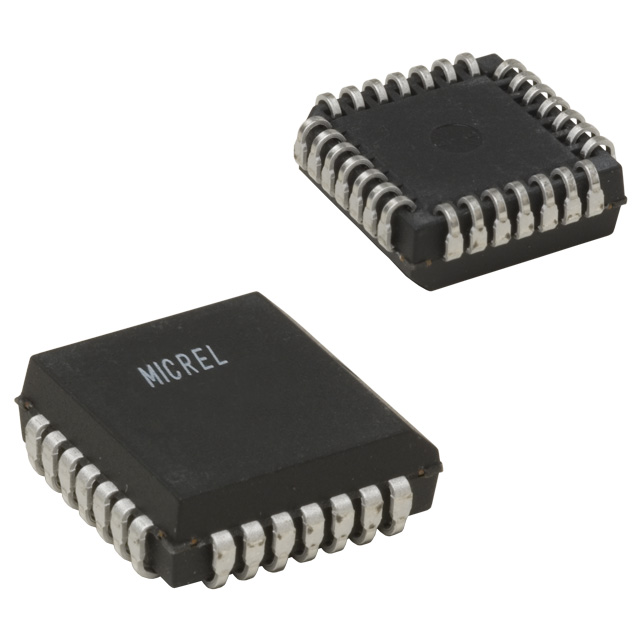SY100E016JY
Manufacturer No:
SY100E016JY
Manufacturer:
Description:
IC BINARY COUNTER 8-BIT 28PLCC
Datasheet:
Delivery:





Payment:




In Stock : 0
Please send RFQ , we will respond immediately.









SY100E016JY Specifications
-
TypeParameter
-
Supplier Device Package28-PLCC (11.48x11.48)
-
Package / Case28-LCC (J-Lead)
-
Mounting TypeSurface Mount
-
Operating Temperature-40°C ~ 85°C
-
Voltage - Supply4.2 V ~ 5.5 V
-
Trigger TypePositive Edge
-
Count Rate900 MHz
-
TimingSynchronous
-
ResetAsynchronous
-
Number of Bits per Element8
-
Number of Elements1
-
DirectionUp
-
Logic TypeBinary Counter
-
PackagingTube
-
PackagingTube
-
Product StatusObsolete
-
Series100E
The SY100E016JY is a specific integrated circuit chip from Micrel Inc. It is a 5V/3.3V 1:6 Differential-to-LVPECL/LVDS Fanout Buffer. Here are some advantages and application scenarios of this chip:Advantages: 1. High-speed operation: The SY100E016JY chip is designed to operate at high speeds, making it suitable for applications that require fast data transmission. 2. Low jitter: It offers low jitter performance, ensuring accurate and reliable data transfer. 3. Wide operating voltage range: The chip supports both 5V and 3.3V power supply, providing flexibility in various system designs. 4. Differential-to-LVPECL/LVDS conversion: It can convert differential signals to either LVPECL (Low Voltage Positive Emitter-Coupled Logic) or LVDS (Low Voltage Differential Signaling) formats, allowing compatibility with different interface standards. 5. Fanout capability: The chip has a 1:6 fanout configuration, enabling one input signal to be distributed to six output channels.Application scenarios: 1. High-speed data communication: The SY100E016JY chip can be used in applications that require high-speed data transmission, such as telecommunications, networking, and data centers. 2. Clock distribution: It can be utilized for clock distribution in systems where precise timing synchronization is crucial, such as in high-performance computing or test and measurement equipment. 3. Interface conversion: The chip's ability to convert differential signals to LVPECL or LVDS makes it suitable for bridging different interface standards in various electronic systems. 4. Signal distribution: The fanout capability of the chip allows one input signal to be distributed to multiple output channels, making it useful in scenarios where signal replication is required, such as in video distribution or signal routing applications.It's important to note that the specific advantages and application scenarios may vary depending on the system requirements and design considerations.
SY100E016JY Relevant information
-
MC74HC4060ADTR2G-L22492
onsemi -
SNJ54ALS163BFK
Texas Instruments -
SNJ54197J
Texas Instruments -
M38510/38001BEA
Texas Instruments -
SNJ54HC4020J
Texas Instruments -
SNJ54LS590FK
Texas Instruments -
SNJ54LS163AJ
Texas Instruments -
SNJ54ALS163BJ
Texas Instruments -
M38510/05652BEA
Texas Instruments -
SN54HC393J
Texas Instruments







